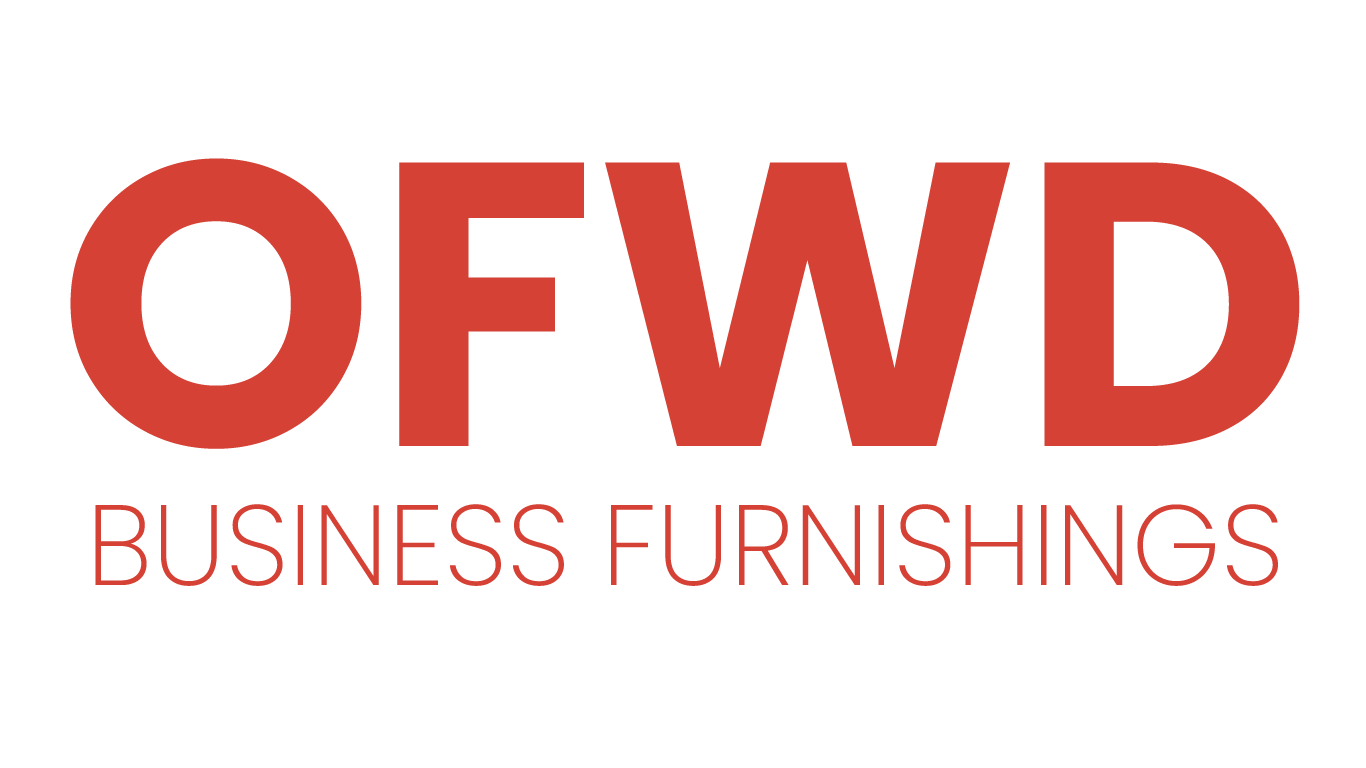When you set up an office, the desk usually ends up being the star of the room. It’s where you type, hold meetings, shuffle papers, maybe even sneak in lunch on busy days. Here’s the thing: the material your desk is made of makes a bigger difference than most people think. It changes how the desk looks, how solid it feels, how often you’ll have to maintain it, and even how long it’ll last before you start browsing for a replacement.
The three most common office desk materials are laminate, solid wood, and glass. Each one has its strengths, and each comes with a few headaches. Let’s go through them one by one no jargon, just the stuff you actually need to know.
Laminate Desks: The Practical Choice
Laminate is basically MDF or particleboard with a plastic-like surface glued on top. That outer layer can be printed to look like almost anything: wood grain, stone, or a modern matte finish. That’s why laminate shows up in so many designs.
Why people buy it: it’s affordable, it stands up to scratches better than you’d expect, and you can match it to pretty much any office look.
The downsides? It’s not exactly “executive chic”. Laminate won’t trick anyone into believing it’s genuine walnut. Plus, if the desk gets rough use, the edges could begin to peel or chip eventually.
Who it works for: startups on a budget, busy offices where furniture takes a beating, or anyone who needs something temporary but still functional. In the laminate vs wood desk debate, laminate wins on price and versatility, no question.
Solid Wood Desks: The Long-Term Player
Wood is the traditional option. We’re talking oak, cherry, walnut, heavy, durable hardwoods. Some desks use a veneer on top of real wood to save on costs, but the fully solid ones are the classics.
The obvious advantage? Wooden office desk durability. With regular care, a solid wood desk will last decades. Scratches and dents aren’t the end of the world, either; you can sand or refinish the surface. Plus, wood just brings a warmth and presence to a room that laminate can’t fake.
What’s the trade-off? Price and weight. Solid wood is usually the most expensive option, and moving one of these desks is a workout you won’t forget. They also need occasional upkeep, polishing, or sealing to keep that polished look.
Ideal for: executive suites, professionals seeking an impactful item, or those focused on a lasting investment. If determining the finest desk material for the office where durability and status are important, wood is an excellent option.
Glass Desks: The Stylish Minimalist
Glass desks are pretty much what you’d guess a slab of tempered glass sitting on some kind of frame, usually metal or wood. Simple idea, but once you see one in a room, the whole place feels brighter. It’s like cheating daylight.
Why do people love them? Well, for starters, they’re easy to clean. Spilled coffee? Wipe, done. No weird stains left behind. Plus, they look… light. Minimalist. Like the desk isn’t even taking up much space, even though it obviously is.
The catch? Fingerprints. If smudges bother you, get ready to clean often, and while tempered glass is strong, it’s still glass. Chips or cracks are always a risk if the desk is pushed too hard. They also aren’t ideal for heavy-duty, everyday pounding away at work.
Where they fit best: modern or minimalist spaces, lighter-use home offices, or for professionals who want a stylish focal point. When you weigh the glass office desk pros and cons, you’ll find design and brightness on the plus side, but durability concerns on the minus side.
How to Pick the Right Material
- There isn’t a single “winner” here. It really comes down to your situation.
- Busy, high-traffic workplace? Laminate will hold up without draining the budget.
- A private office where image matters? Wood makes the right impression.
- A small home office where you want to keep things feeling light? Glass works beautifully.
- Cost is a significant consideration. Laminate is the most inexpensive option, wood is the most expensive but the most durable, while glass falls in between these two. Your style preferences matter too traditional, modern, or flexible.
Don’t overlook usage. If you’re at your desk every day for hours, durability is key. If you’re only sitting down for occasional laptop work, you’ve got more freedom to choose based on looks. That’s why doing a little desk material comparison now saves you headaches later.
A Few Extra Tips
- Coordinate your desk with the rest of your office furnishings to create a cohesive and purposeful atmosphere.
- Comfort matters just as much as style. Don’t ignore ergonomics.
- Always check if there’s a warranty or after-sales support before you buy.
Final Thoughts
Honestly, there isn’t a perfect choice. Laminate is usually the budget-friendly, no-fuss option. Wood feels classic and solid, something you can hang on to for years. Glass looks modern and sharp, but it’s better if the desk won’t take heavy, everyday wear. The right one really comes down to what you can spend, the look you want, and how often the desk is going to be used.
If you’re ready to shop, check out modern office furniture at OFWD. You’ll find laminate, wood, and glass desks in different styles, so it’s easier to pick something that fits your space today and still works for you years down the road.

